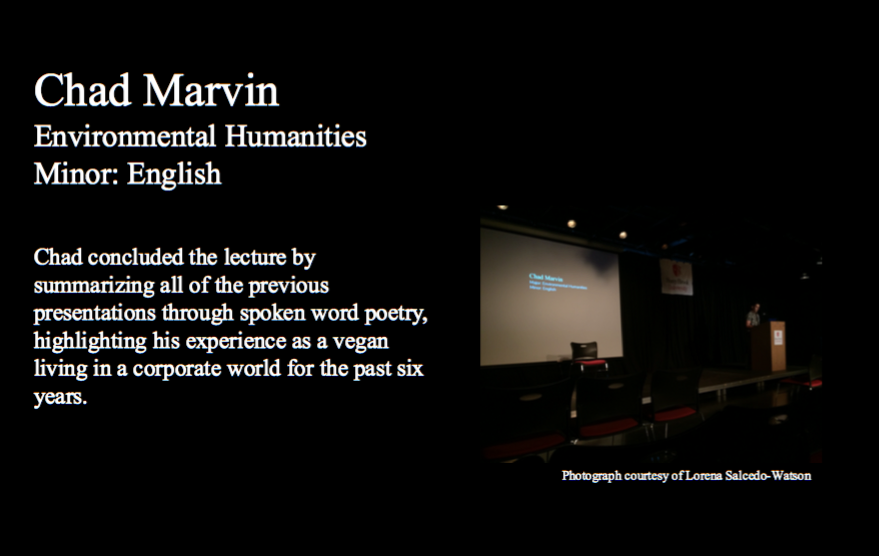Art and the Environment: Activism, Collaborations, & Education
Artists are able to envision the future with imaginative solutions and their visual language can disseminate information in a format that is widespread and relatable. Sharing in creative activities enhances the spirit, provides further insight into human behavior and psychology, builds a sense of community, fosters an appreciation of craft, and inspires respect for the beauty in the world. As such, art is a valuable tool for motivating individuals into collective action towards solving the many concerns of environmental, social, economic, and cultural sustainability.







No Sharks, No Humans, No Life, 2016
Andrea Baatz, Michaela Carrillo, and Charlotte Sears
community linocut print
48 x 144 inches
This group project was an effort to raise awareness about the shark finning industry through a community print. Each participant was educated about the industry, encouraged to sign a petition to ban the practice, and invited to print a linocut of a shark fin that read the statistic, "Sharks kill 12 humans per year. Humans kill 11,417 sharks per hour" (Marine Policy). The event took place on the campus of Stony Brook University.
Photographs courtesy of Samantha Clink, Michaela Carrillo, Lorena Salcedo-Watson, and Charlotte Sears





Your Tea Party is for the Birds, 2016
Andrea Baatz, ArtVentures students
cardboard, burlap, honey, birdseed
various sizes
Students were led in a workshop which included a presentation discussing the need to protect habitats providing wildlife with food, water, and shelter, and examined the threats of invasive species and deforestation. The presentation was followed by a sculptural project made of recycled and edible materials.




What does it mean to be cage free?, 2017
Andrea Baatz and students of the Harbor Country Day School, St. James, NY
wood, hardware cloth, recycled materials, soil, vegetables, drawings on paper
This collaborative installation considers how we can reimagine our existing infrastructure for more sustainable practices. The overall shape of the piece is reminiscent of a gas pump. Its inner components resemble battery cages made to scale of the actual living space of a factory farm egg-laying hen. The structures are repurposed as an all-in-one gardening system equipped with water catchment, composting, and planting areas. Featured on the front are seed packets designed by the first and fifth grade classes of the Harbor Country Day School in St. James, NY, in a seed saving workshop. In addition to creating a seed packet, each young artist planted seeds to start their own vegetable garden.







Symbiosis, 2017
Andrea Baatz, Timothy Dalton, Chad Marvin, Christopher Pimentel, Skye Weigman, Alexandra Zigomalas, Amanda Zigomalas
presentation at Tabler Center for Arts, Culture, and Humanities, Stony Brook University, Stony Brook, NY, April 2017
This lecture featured presentations by Stony Brook University students from a variety of departments. Each participant was invited to prepare a reactionary presentation to the exhibition, Symbiosis, by analyzing the work through the lens of their own interests and studies. The conversation about our food system included perspectives of history, linguistics, biology, music, biomedical engineering, and poetry.
Photographs courtesy of Jean Adomfeh and Lorena Salcedo-Watson



Unfiltered, 2018
Andrea Baatz and Madiha Saeed
collagraph
27 x 39 inches
This piece has been developed at the interface of art, psychology, and environmentalism. It displays the cycle of accumulation along with the accompanying feeling and condition of congestion. After performing a beach clean-up, we utilized the debris for producing collagraphs, a process that also created a record of our findings. We chose to highlight the abundance of cigarettes found in our clean-up. Often mistaken as a biodegradable product, we hope to show the reality of these toxic particles circulating in masses and clogging our waterways.
Photographs courtesy of Madiha Saeed
© Andrea Baatz